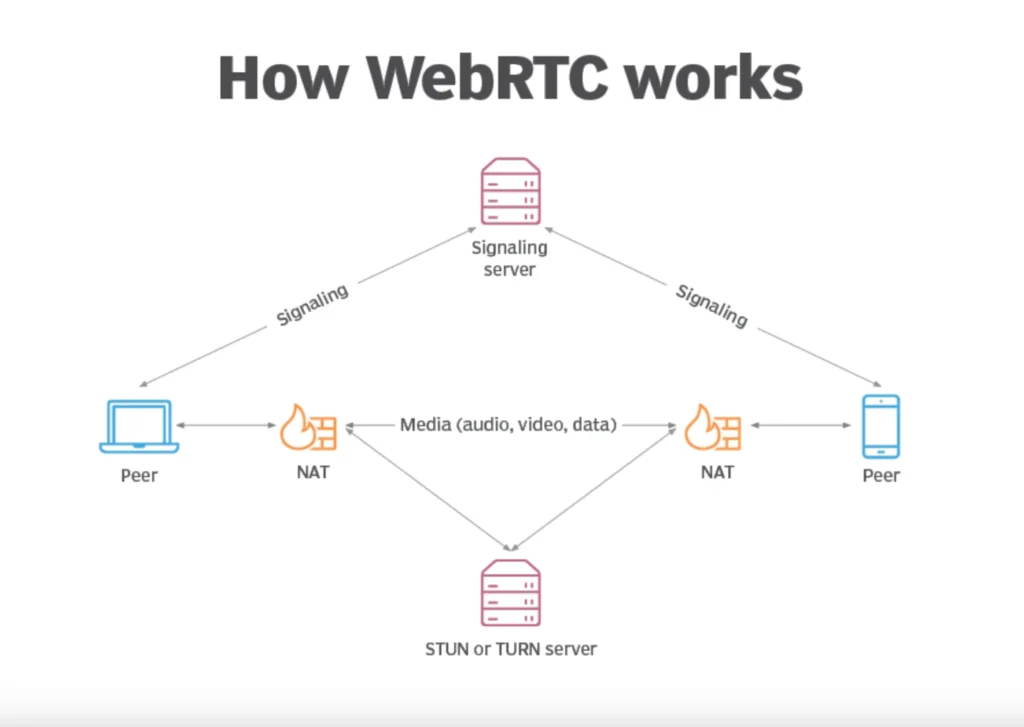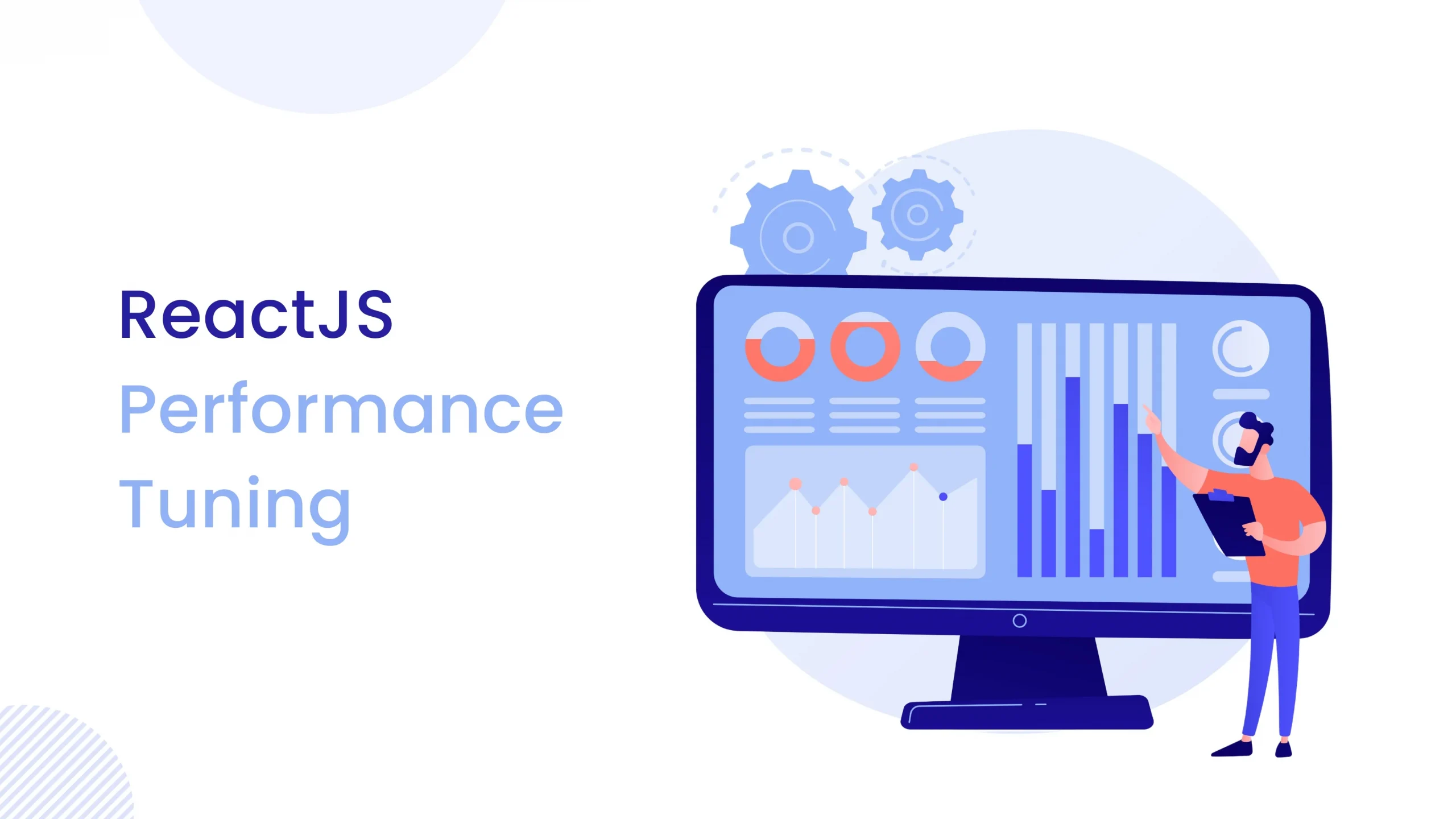Understanding WebRTC and React
WebRTC
The open-source WebRTC project enables real-time communication functions for audio and video together with data transfer through web browsers and devices without depending on browser plugins.
Many contemporary video conferencing software platforms use it as their fundamental connection method.
React
Facebook created React as a JavaScript library which enables developers to construct user interfaces.
Web applications gain benefits from its component-based structure alongside productive state management protocols which perfect the development of dynamic and responsive interfaces.
WebRTC Integration with React
WebRTC integration with React developers build unbroken real-time communication functions inside web applications.
This is achieved through the UI development strengths of React combined with WebRTC peer-to-peer communication capabilities.
Architectural Overview
A conventional WebRTC video calling system built with React contains a series of essential parts which include :
WebRTC APIs and React
WebRTC APIs enable the Client Application to display data through the user interface.
They handle media streams with peer connections through its React components.
Signaling Server
The signaling server serves as a medium for peers to exchange session control information.
This includes offers, answers, and ICE candidates needed to establish a connection.
STUN/TURN Servers
Media transmission between clients becomes possible through STUN/TURN Servers.
These servers help maintain communication across NAT (Network Address Translation) restrictions.
Media Servers (Optional)
Media Servers operate as an optional component.
They are used for recording functions, multi-party calls, and broadcasting purposes.

Essential Packages and Libraries
- Core Tools Required
- Developing a WebRTC application with React requires three essential tools including the React framework as well as Socket.IO and Simple-peer libraries.
- React
- The User Interface development requires React as its building toolkit.
- Socket.IO
- The signaling tasks of Socket.IO enable client-server communication to happen instantaneously in both directions between client and server.
- Simple-peer
- The ‘Simple-peer’ package functions as a WebRTC management tool.
- It provides an easier method for peer-to-peer connection control.
- STUN/TURN Servers
- STUN/TURN Servers from Twilio and Google provide the necessary Network Traversal Services.
Setting Up the Development Environment
- Create React Application
- The first step creates a new React application by running :
- npx create-react-app webrtc-video-call
- The first step creates a new React application by running :
- Install Dependencies
- Users need to install the following dependencies through npm command :
- socket.io-client
- Simple-peer
- Users need to install the following dependencies through npm command :
- Setup Node.js Signaling Server
- The Node.js server with Socket.IO functions to send signaling data between two peers should be deployed.
- Through this server, all exchanges of offers and answers and ICE candidates occur, which enables peer connection establishment.
Core Concepts in WebRTC Integration
Media Stream Acquisition
The media stream acquisition process operates through the function called getUserMedia.
This enables camera and microphone access.
Peer Connection Setup
The RTCPeerConnection API functions as a method for peer connection setup.
Signaling and Session Exchange
Users exchange session descriptions and ICE candidates through the signaling server.
This is necessary to form the connection.
Data Channels
Through Data Channels, peers can send and receive non-media information to each other.
Best Practices
Error Management
A strong error management system needs implementation to handle media access failures together with connection problems.
Security Measures
Your application must ensure security through HTTPS deployment.
It should also include correct user permission management to establish safe communication.
Scalability and Performance
To handle applications with heavy traffic alongside multi-party calls, it is wise to include media servers or SFUs (Selective Forwarding Units) for managing network loads.
Responsive UI and Feedback
A user interface should respond to different screen sizes.
It should also display clear feedback messages to users during connection states.
Conclusion
WebRTC integration with React development enables the creation of reliable applications which enable real-time video calling. Adept control over communication system design principles combined with correct tools leads developers to build resilient real-time communication platforms.





